How to grow sunflower microgreens at home?
Adherents of proper nutrition use every opportunity to enrich their diet with vitamins, minerals and other useful substances. By growing sunflower microgreens, this task can be easily dealt with. Newly formed leaves contain tens of times more nutrients than the tissues of an adult plant. On sale today you can find everything you need to grow microgreens. The full cycle from sowing seeds to harvesting usually lasts no more than 1–2 weeks.
What are the benefits of sunflower microgreens?
Sunflower microgreens grow very quickly. Within 7 days from the moment of sowing, it will be possible to cut off juicy green leaves and add them to salads, side dishes, vitamin drinks.
Research by scientists has confirmed a number of cultural benefits:
- young greens contain a balanced complex of amino acids involved in building muscles and forming enzymes;
- in sprouts, nutrients are contained in an easily digestible form and are completely processed by the body;
- especially a lot of folic acid and B vitamins in sunflower microgreens, the product is extremely useful for children and pregnant women;
- antioxidants contained in sprouts slow down the aging process, help cell regeneration, and strengthen the heart muscle;
- the vitamins C and E included in the composition, as well as selenium, improve the state of the circulatory system, normalize blood pressure;
- greens are ideal for diet nutrition, its presence in the diet helps to lose weight;
- lecithin contained in sprouts supports the immune system, restores normal brain and liver function, lowers cholesterol levels;
- regular consumption of microgreens of sunflower has a positive effect on the reproductive health of men and women due to the significant content of zinc.
How to choose and prepare sunflower seeds correctly?
It is not worth buying sunflower seeds in supermarkets even raw. Before being sold, the seeds undergo various types of processing to preserve their commercial qualities, which significantly impairs germination.
In order for all seeds to germinate, planting material should be purchased from agricultural producers. For planting on microgreens, environmentally friendly seeds that have not been treated with fungicides and other dressing agents are specially selected. They are not sold in ordinary bags of several grams, but in bulk packaging.
You can grow microgreens from sunflower seeds of any kind. As a rule, such material has one hundred percent germination. In order for the seeds to germinate faster, it is recommended to pre-soak them in purified (but not boiled) water for 6–8 hours. This is best done in a glass or ceramic container with a lid.
The name of the sunflower speaks for itself - the plant needs a lot of light. In addition, the culture is undemanding, microgreens can be grown both in an earthen substrate and in water.
Growing microgreens of sunflower in containers with soil
There are various ways to grow sunflower microgreens (microgreens). For example, in containers filled with soil. The correct choice of packaging is of great importance. The container should be wide, but not high.
It is most convenient to use:
- plastic trays with sides 5–6 cm high;
- ceramic or glass baking dishes;
- cake lids, in which seedlings are often grown.
The soil layer should be 4–5 cm thick. This volume of soil is quite enough for the rooting of seedlings. For planting, it is best to use pure peat or a mixture of garden soil with river sand and peat substrate. You need to use purchased soil carefully, making sure that it has not been treated with various chemicals. You should look for information about this on the packaging, you can ask a question to the seller or consultant on the site of the primer manufacturer.
Before sowing, self-composed soil is disinfected by calcining in an oven at a temperature of 80–100 ° C for 30–40 minutes.
Planting procedure:
- The prepared soil is moistened and the container is filled with it, leaving a small distance to the edge of the sides.
- The earth needs to be lightly tamped.
- Seeds are laid out on the substrate tightly, it can be in two layers. The volume of the crop depends on the planting density.
- Top seeds are sprayed with water from a spray bottle.
- The container is closed with a lid, in which several openings are made in advance for air access.
- Crops should be checked once a day and, if necessary, moistened with a spray bottle.
- After the shoots appear, the lid is removed and the container is placed in a well-lit place.
It is most convenient to water the microgreen by spraying. Seedlings should be irrigated often (2-3 times a day), but little by little. After 7-10 days, the sunflower microgreens are ready for cutting. By this time, 2 true leaves should have developed on the plants. You can harvest the entire crop at once or thin out the plantings, giving weaker seedlings the opportunity for additional development.
If it is planned to resume sowing seeds, the soil is not thrown away after use. The roots are taken out of it with tweezers, and then the prepared seeds are again placed on the surface. The same land can be used to grow microgreens three times.
Growing sunflower microgreens without land
When sprouting sunflower seeds, it is quite possible to do without land. This growing method is called hydroponic and has certain advantages. There is no need to buy soil and worry about its quality. After cutting, the greens remain clean, they do not need to be washed.
Instead of soil in this case, other materials are used:
- linen rugs;
- coconut fiber;
- mineral wool;
- artificial felt;
- jute hay;
- sackcloth;
- vermiculite;
- perlite;
- gauze.
If the material is thin, it must be folded in several layers.
Any of these substrates must be poured with filtered or melt water before sowing. It is better not to use tap water due to the large amount of impurities.
Sowing is carried out in the same way as the soil was used:
- The prepared seeds are scattered over the substrate in a continuous layer.
- Crops are irrigated from a spray bottle and covered with a lid or foil with small holes for air circulation.
- As soon as sprouts appear in the tray, the lid is removed and the container is placed closer to the window glass or under the lamp.
The water must not completely cover the seeds, or they will die.
To obtain microgreening in a hydroponic way, you can use special germinators, which are a tray with a mesh liner. The seeds are sprinkled on a net, and water is poured into the pan until the moisture touches the seeds, but does not completely cover them. In this case, the water is changed daily.
When grown in soil, seedlings take nutrition for growth from the seed embryo and from the soil. When cultivating microgreens in hydroponics, you can feed the plants 1-2 times, using a weakly concentrated solution of mineral fertilizers instead of watering. For these purposes, the usual complex feeding is suitable.When drawing up a solution, the concentration of fertilizers is reduced by 2–3 times in comparison with the dose recommended by the manufacturer.
There are also automated seed sprouters. In them, microgreens are grown practically without human participation. Watering in such equipment is carried out automatically. In some devices, the microclimate is maintained using temperature and humidity sensors. The most advanced models of sprouters can be controlled remotely using a computer or smartphone through a special application.
Microgreens are often called the "vitamin bomb", and such crops as sunflowers are considered one of the most popular in this niche. The seeds of the plant are inexpensive, sprout quickly. Seedlings do not require painstaking care, but they are extremely useful. They use fresh microgreens, adding to various dishes, it does not tolerate heat treatment.
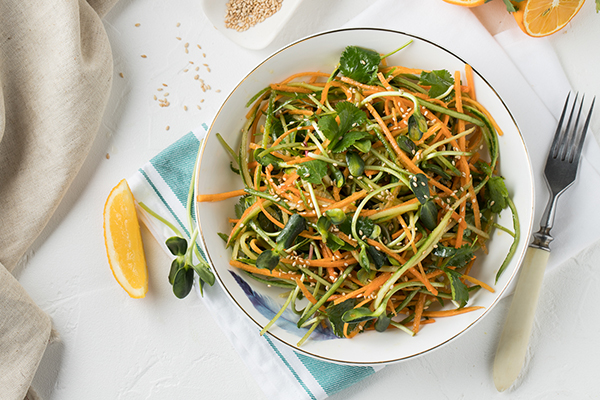
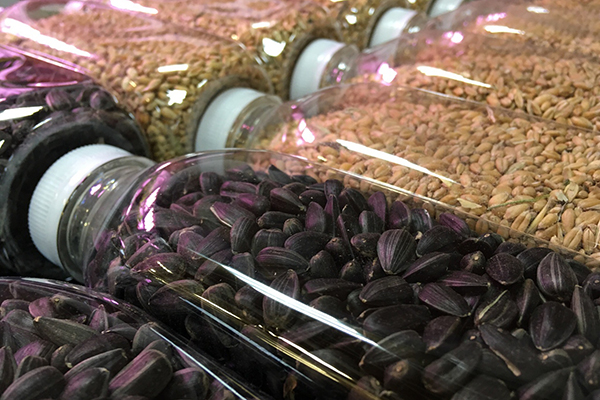
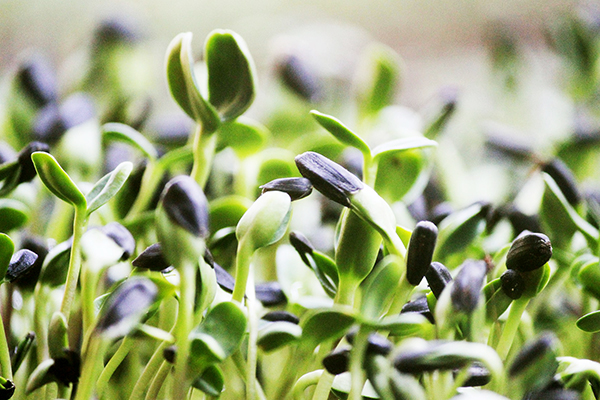
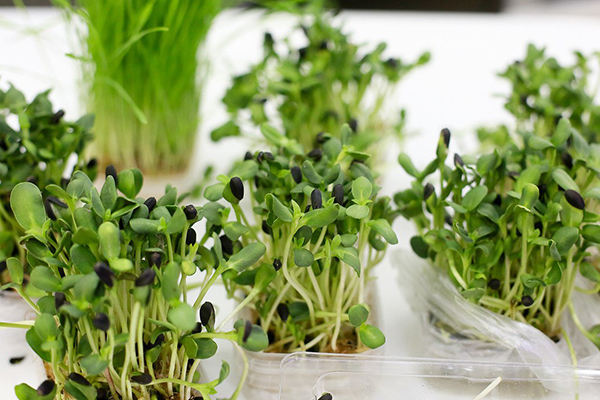
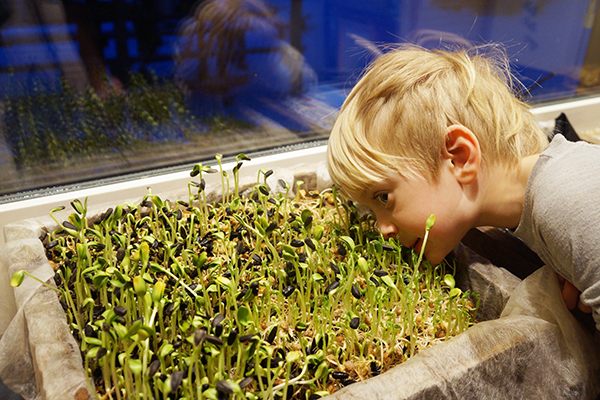
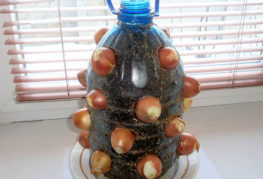

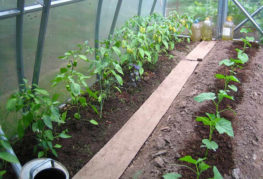

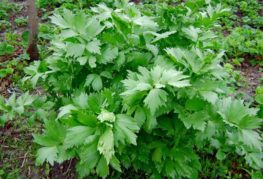
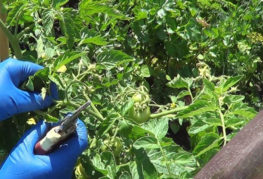
and will be published shortly.